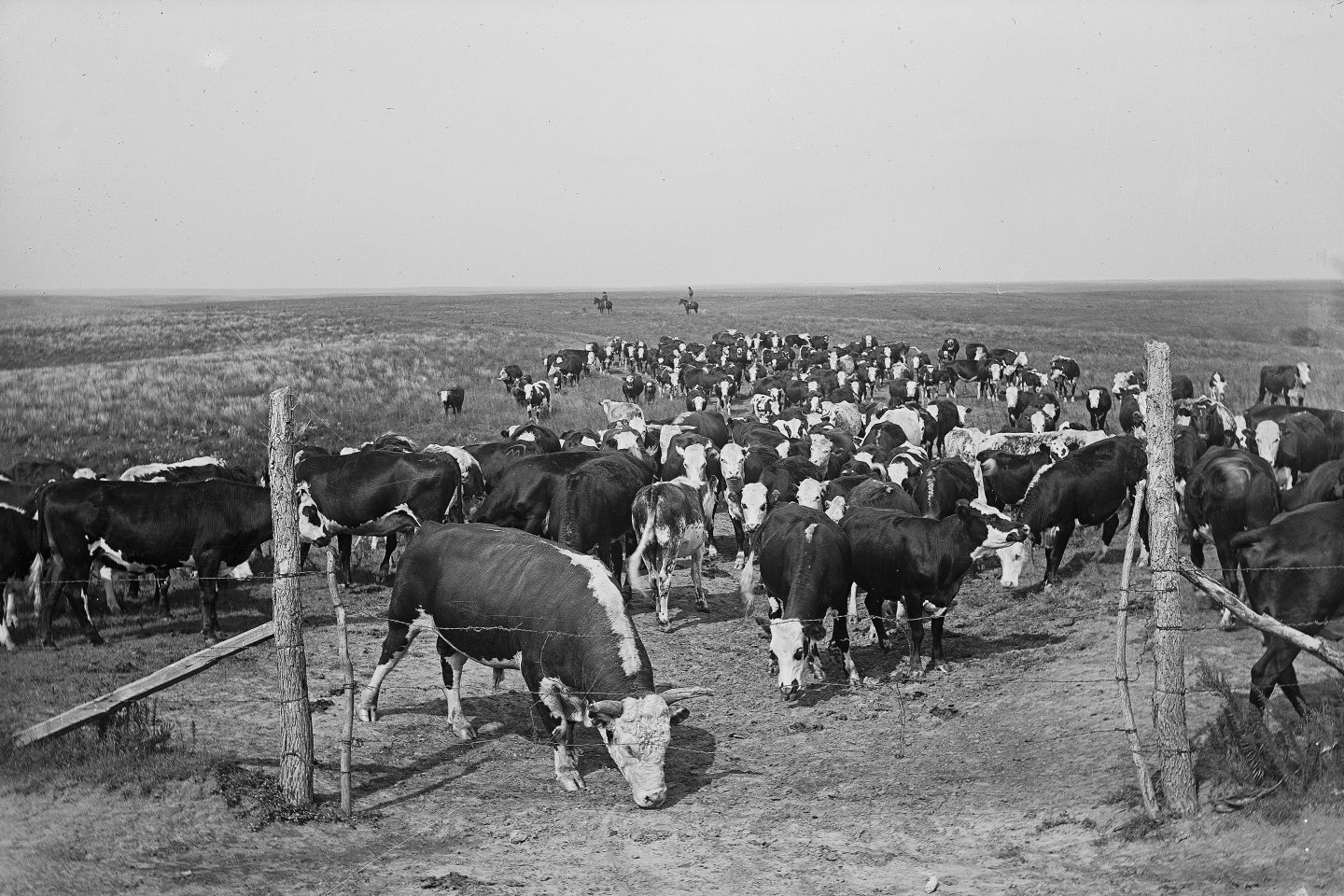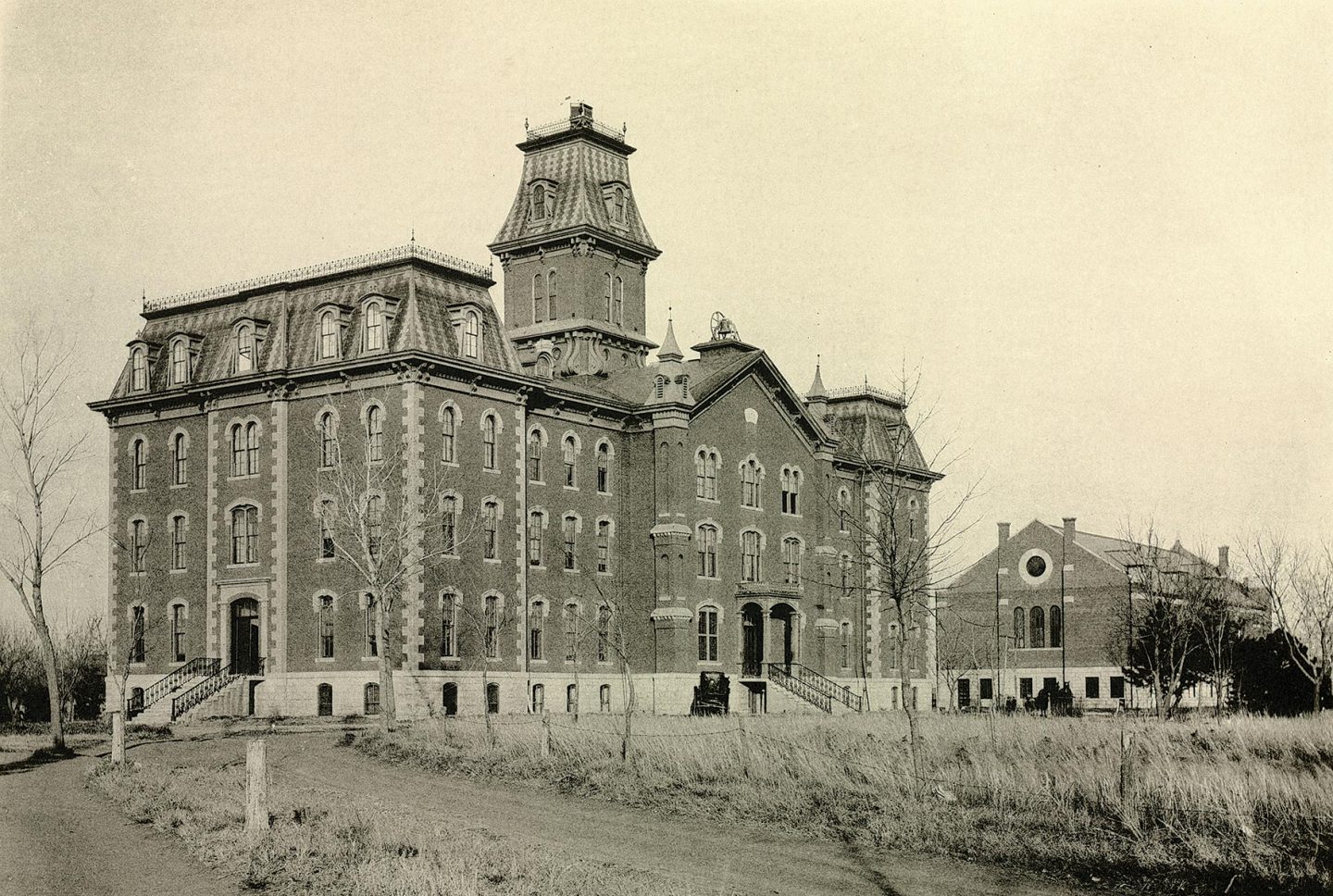
By David L. Bristow, History Nebraska
It takes a good fence to keep livestock out of a farmer’s crops or garden. In the heavily wooded eastern United States, this was often done with split-rail fences. But how do you build a fence on the plains, where trees are scarce?
Nebraska historian Everett Dick wrote that pioneers used to hobble or tether horses to keep them from wandering, but controlling herds was a bigger problem. Until Nebraska’s 1870 herd law, it was your responsibility to fence your neighbor’s livestock out, and not the stockman’s responsibility to fence them in.
Osage orange hedgerows were once popular in southeastern Nebraska. Seedlings were planted close together and their branches carefully intertwined to grow into a hedge that was “hog tight, horse high, and bull strong.” Daniel Freeman’s circa-1875 hedgerow still remains at Homestead National Historical Park near Beatrice.

But hedgerows were too thirsty for much of Nebraska. The opening of lumberyards (and railroads to supply them) created more options, but a small landowner might have to pay more for fencing than for the land itself.
Barbed wire transformed Nebraska. Invented in Illinois in the 1870s, it solved a huge problem for prairie farmers, but also sparked controversy. One manufacturer tried to establish a monopoly by claiming patent rights. Until the courts intervened, the company threatened to sue farmers who bought from its competitors unless they paid a license fee.
In cattle country, some big ranchers used barbed wire to illegally fence public land for their exclusive use. One night in 1885, Custer County settlers cut 15 miles of barbed wire fence around a local ranch.
Entrepreneurs, meanwhile, made barbed wire easier to use. “Any boy 12 years old can operate the machine,” boasted Josiah M. Robinson of Kenesaw, describing his patented wire reel. Robinson soon moved his manufacturing operation to Hastings and sold his product for several years in the 1890s. He is an example of a long Nebraska tradition: the farmer-inventor-entrepreneur.

Livestock-proof fences weren’t only for farms. They also protected property in Nebraska’s 19th century cities, where residents commonly kept chickens, milk cows and even hogs.
“Has the University no rights that cows are bound to respect?” asked the University of Nebraska student newspaper in 1879. “A number of these quadrupeds may be seen every day watching around the corner of the building to pounce upon the first blade of grass that makes an appearance. Have ’em before the discipline committee!”
Groundskeepers planted a hedge and strung barbed wire, and in 1892 enclosed the campus with a wrought iron fence (which now lines O Street beside Wyuka cemetery). But by then the fence probably had more to do with controlling humans than cows.
Visit History Nebraska’s website at history.nebraska.gov.
